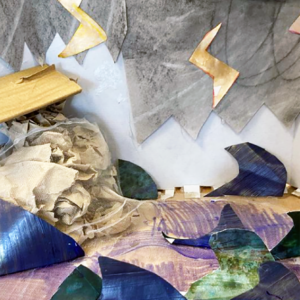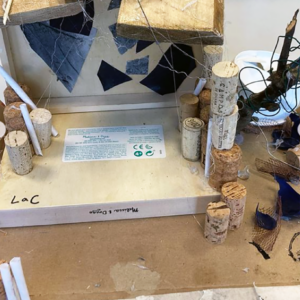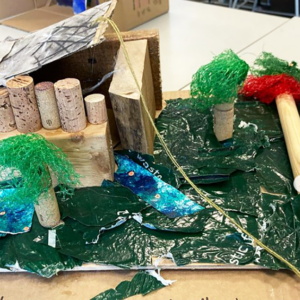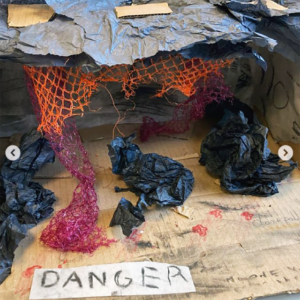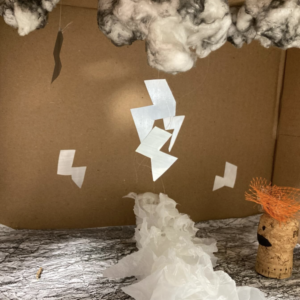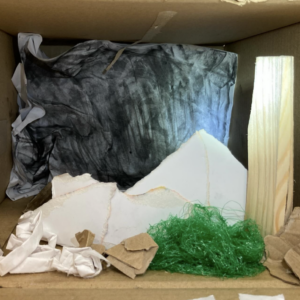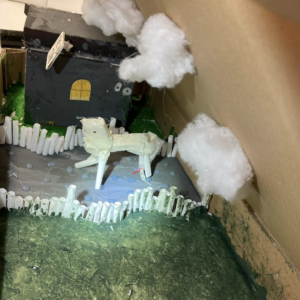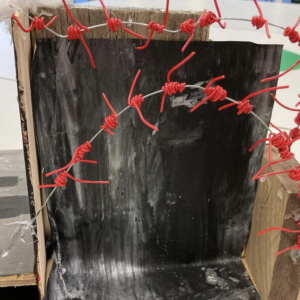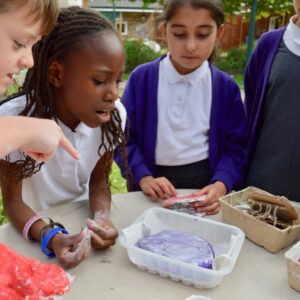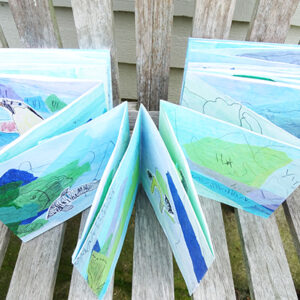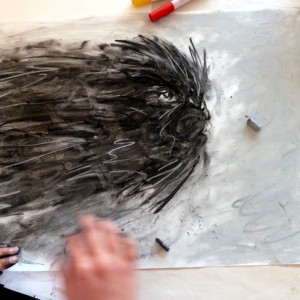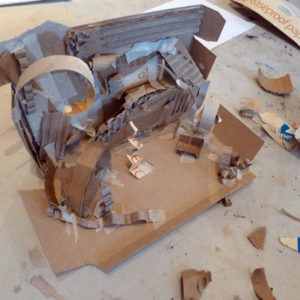Pathway for Years 5 & 6
Disciplines:
Set Design, Making, Drawing, Sketchbooks
Key Concepts:
-
That designers and makers design “sets” which form the backdrop/props to give context to drama (theatre, film or animation).
-
That we can use many disciplines including painting, making, drawing to create sets, as well as thinking about lighting, scale, perspective, composition, and sound.
-
That we can create our own “sets” to create models for theatre design, or backgrounds for an animation.
-
That we can take our inspiration from the sources of literature or music to inform our creative response and to capture the essence of the drama.
In this pathway pupils explore the work of set designers – in the first instance a set designer that works in theatre, and in the second instance a maker that creates sets for animation.
Pupils go on to explore how they can create their own model set, inspired by a creative stimulus (poetry, prose, film or music).
Sketchbooks are used throughout to brainstorm, record, test and reflect.
Medium:
Paper, Card, Construction Media, Mixed Media, Paint, Drawing Materials
Artists: Rae Smith, Fausto Melotti, Tiny Inventions, Rose Hurley, Gabby Savage-Dickson
If you use this resource in your setting, please tag us on social media: #InspiredBy @accessart (facebook, twitter) @accessart.org.uk (instagram) and share the url. Thank you!
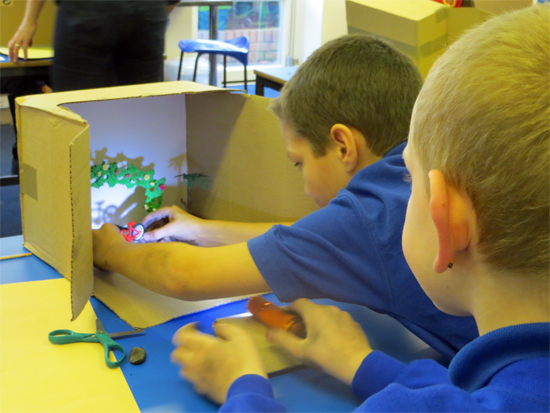
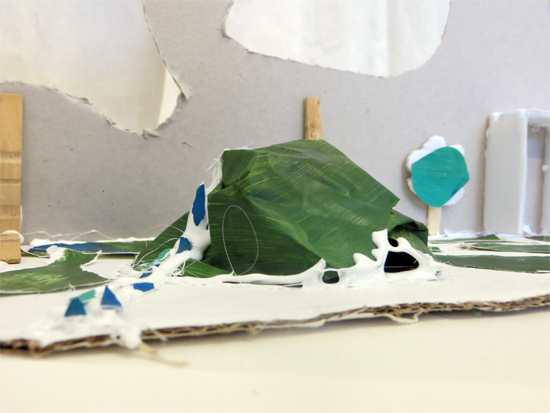


Teaching Notes
Find the MTP for this pathway here.
Curriculum Links
English: Create set designs inspired by your chosen play or book (for example Esio Trot).
History: Create a ‘scene’ inspired by your chosen civilisation topic e.g. a Roman amphitheatre.
Science: Light, shadow.
Music & Drama: Link to projects in Music and Drama.
PSHE: Collaboration, Peer Discussion.
I Can…
-
I have explored how other artists use their skills to build sets for theatre or animation, inspired by literature, film, poetry or music. I can articulate and share my response to their work.
-
I can respond to a suggested stimulus (poetry, prose, music or short film) and design and build a model set which conveys my interpretation of the mood/narrative of the original stimulus.
-
I can use my sketchbook to brainstorm ideas, jot down thoughts, test materials, record and reflect.
-
I can share my process and outcome with my classmates, articulating my ideas and methods. I can listen to their feedback and take it on board.
-
I can appreciate the artwork made by my classmates and share my response to their work.
-
I can take photographs or film of my artwork thinking about presentation, lighting, focus and composition.
-
I can use my animation set as backdrop to an animation.
Time
This pathway takes 6 weeks, with an hour per week. Shorten or lengthen the suggested pathway according to time and experience. Follow the stages in green for a shorter pathway or less complex journey.
Materials
Soft B pencils, A2 cartridge paper, charcoal, cardboard boxes, selection of small toys, construction materials.
Pathway: Set Design
A PDF of this pathway can be found here.
-
Aims of the Pathway
This pathway aims to introduce pupils to set design, either for theatre or animation. Pupils explore the work of designers/makers and then create their own model “sets” around a theme.
- Find Your Focus
Choose Theatre Design or Design for Animation
Decide if you would like your pupils to explore Set Design for Theatre, or Set Design for Animation, and follow the stages below accordingly.
-
Set Design for Theatre
In this option pupils explore how designers design sets for theatre.
- Week 1: Introduce
Set Design for Theatre
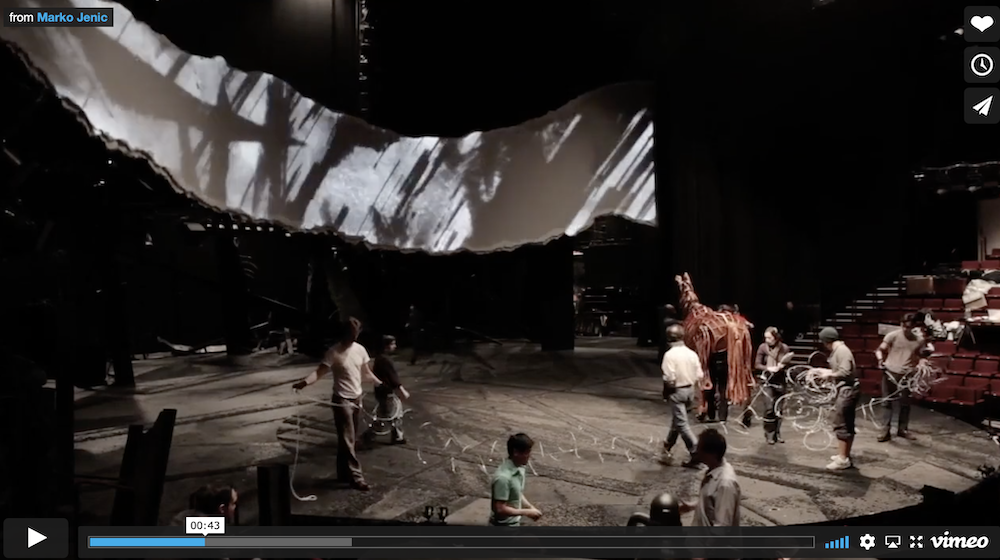 Use the “Talking Points: Set Designer Rae Smith” resource to introduce pupils to the work of a set designer working in theatre.
Use the “Talking Points: Set Designer Rae Smith” resource to introduce pupils to the work of a set designer working in theatre. Pause the video at suitable points to open up conversation. Invite children to make a page or two using “Making Visual Notes” in their sketchbooks. They might make quick drawings of the sculptures, note down how they feel and also include any other thoughts that the videos prompt.
- Week 2, 3, 4 & 5: Create
Set Design for Theatre
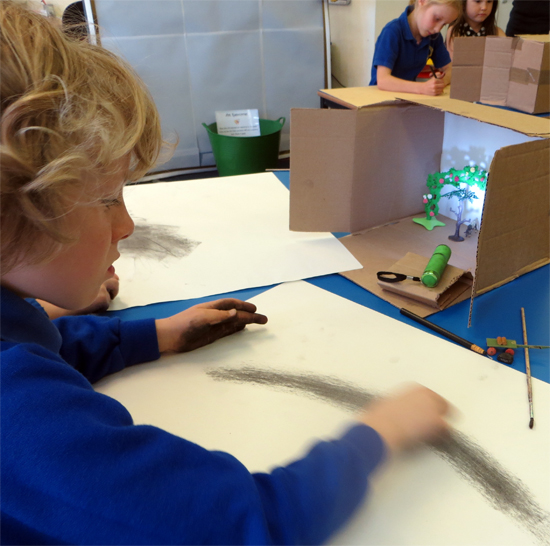
Use the “Set Design With Primary Aged Children” resource to focus a project around how pupils can create their own model sets in response to a dramatic stimulus.
Children will have the opportunity to draw, build and paint and by the end they will have an atmospheric and dramatic set in response to text. Use sketchbooks throughout to come up with ideas, jot down thoughts, test materials and reflect.
You may also like to introduce the work of Melotti through the “Talking Points: Fausto Melotti” resource if children need further stimulation mid project.
-
Or…
-
Set Design for Animation
In this option pupils explore how animators build sets for their animations.
- Week 1: Introduce
Set Design for Animation
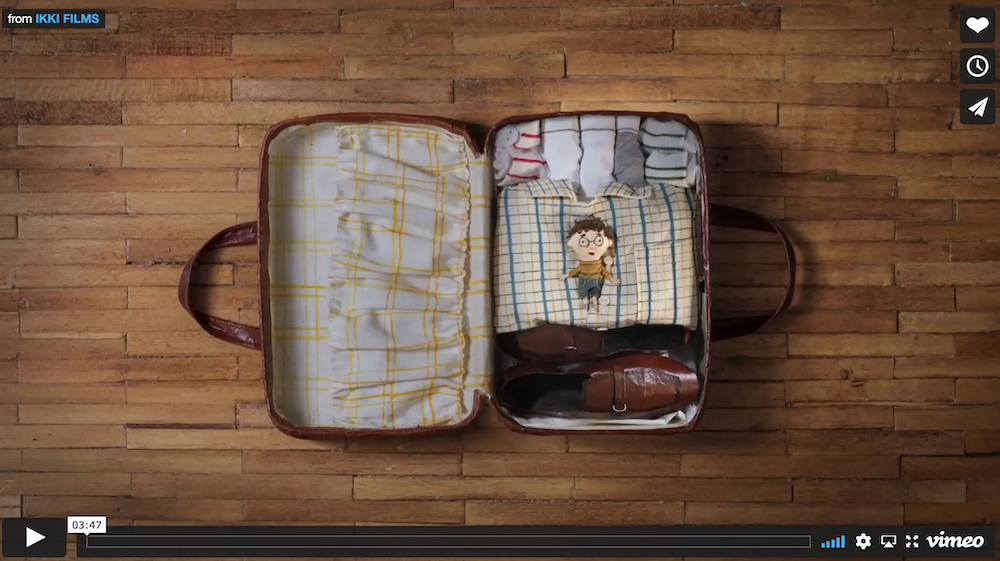
Use the “Talking Points: Negative Space by Tiny Inventions” resource to see how animators created the set for their animation Negative Space.
Pause the video at suitable points to open up conversation. Invite children to make a page or two in their sketchbooks using “Making Visual Notes“. They might make quick drawings of the set, note down how they feel and also include any other thoughts that the videos prompt.
- Weeks 2, 3, 4 & 5: Introduce
A Textiles Set
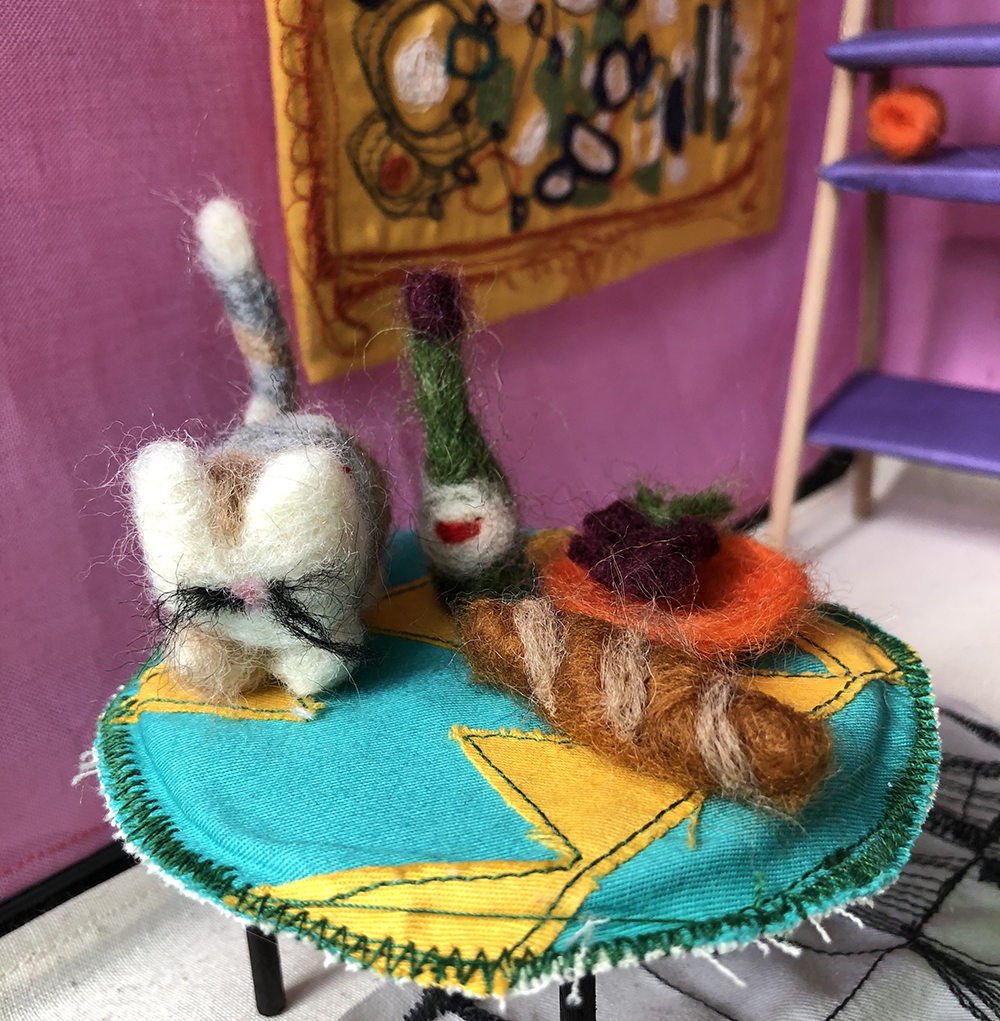
Take further inspiration from artist Gabby Savage-Dickson and explore the “Gabby Savage-Dickson: Felting & Embroidering Sets” resource.
- Create
Rosie Hurley

Explore the “Rosie Hurley: Esio Trot” resource – an artist who created a set based on the film Esio Trot. Explore all of the developmental stages in her sketchbook and see how it connects to the work that has been done in class.
Again, ask children to have sketchbooks open and jot down any “tips” about the ways Rosie works in her sketchbooks which might be useful.

Use the “Animation Set Design Challenge” resource to inspire children to create their own set based upon a piece of music, prose, film or poetry. Follow a similar process as Rosie Hurley to create your set.
- Extension
Animate!
Coming Soon
- Week 6: Reflect and Discuss
Present, Talk, Celebrate
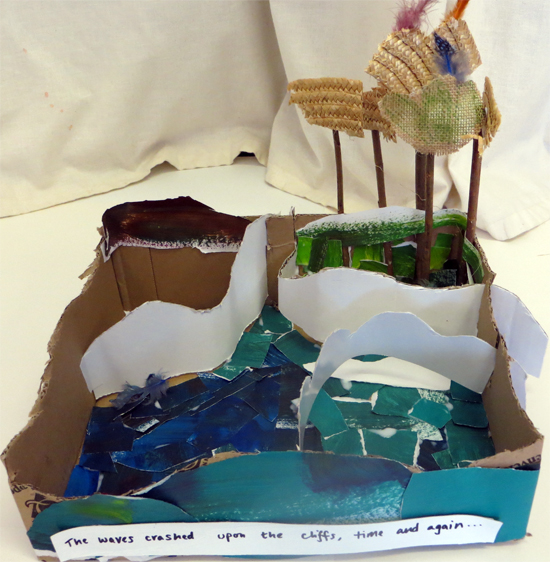
End the pathway by taking time to appreciate the developmental stages and the final outcomes in a clear space.
Depending upon the project option chosen, display the work appropriately including having open sketchbooks. Use the “Crit in the Classroom” resource to help you.
Encourage children to reflect upon all stages of the journey, and reference the artists studied.
If available, children can use tablets or cameras to take photographs of the work. Explore how children can take high quality photographs of 3d artwork with this resource.
